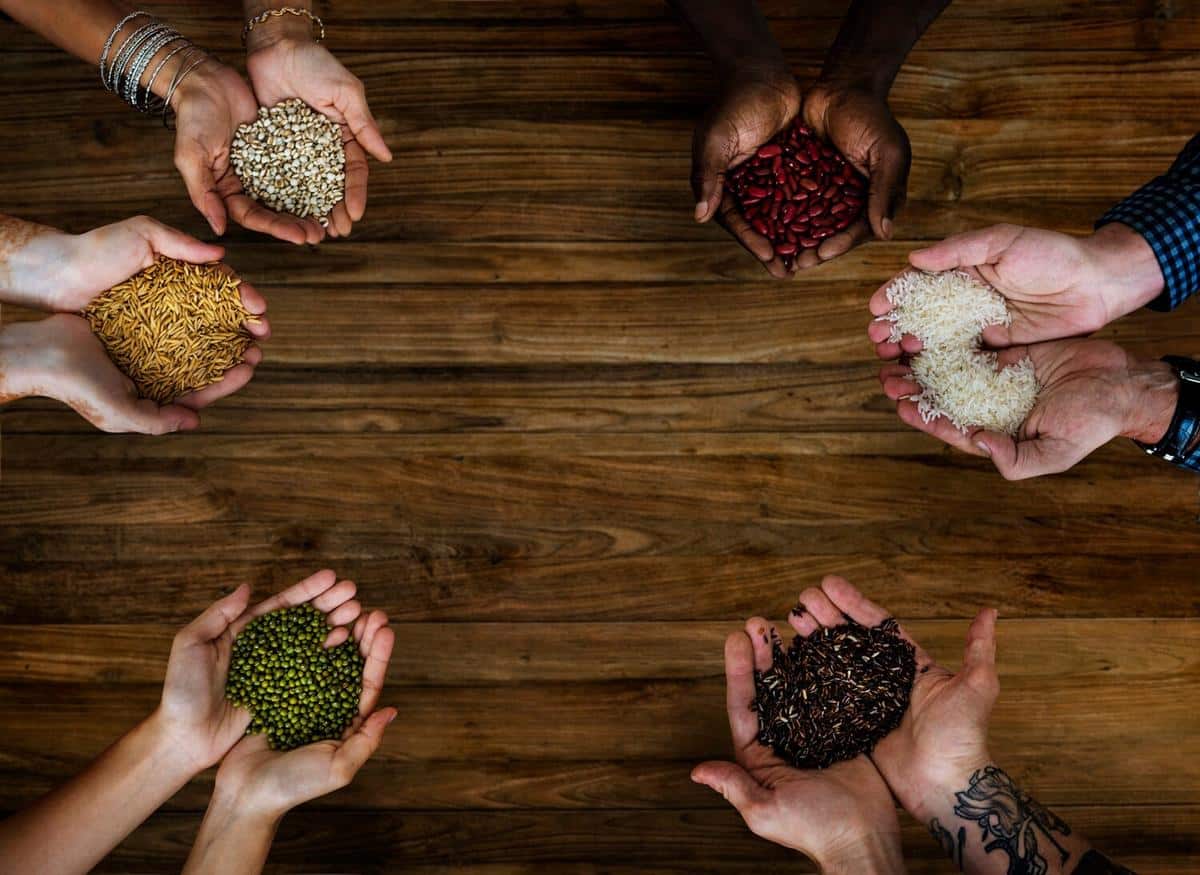
The Ancient Grains Making a Comeback in Modern Diets
In recent years, the resurgence of ancient grains in our diets has sparked curiosity and excitement among food enthusiasts and health-conscious individuals alike.
The Resurgence of Ancient Grains
Once overshadowed by more commonly used grains, ancient grains are making a significant comeback in modern diets. This return can be attributed to their rich nutritional profile and versatility in culinary applications. According to a report by the Whole Grains Council, ancient grains like quinoa, amaranth, and farro are gaining popularity as consumers seek out healthier, whole-grain options.
A Nutritional Powerhouse
Ancient grains are renowned for their high nutritional value. They are packed with fiber, protein, and essential vitamins and minerals. For instance, quinoa is a complete protein, containing all nine essential amino acids, which is uncommon among plant-based foods. This makes it an attractive option for vegetarians and vegans looking to boost their protein intake.
“Incorporating ancient grains into your diet can improve overall health by providing essential nutrients that are often lacking in modern diets,” says Dr. Emily Harris, a nutritionist specializing in whole foods.
Exploring the Variety
Let’s delve into some of the ancient grains that are making waves in today’s kitchens:
| Grain | Origin | Nutritional Highlight |
|---|---|---|
| Quinoa | South America | Complete protein |
| Amaranth | Central America | High in calcium |
| Farro | Mediterranean | Rich in fiber |
| Teff | Ethiopia | High in iron |
| Kamut | Egypt | Rich in selenium |
| Spelt | Europe | High in B-vitamins |
| Sorghum | Africa | Gluten-free |
| Millet | Asia | Rich in magnesium |
Incorporating Ancient Grains into Your Diet
Adding ancient grains to your meals can be simple and rewarding. Here are some actionable tips:
- Start your day with a warm bowl of quinoa porridge.
- Use farro as a base for salads or grain bowls.
- Try amaranth as a gluten-free alternative in baked goods.
- Experiment with teff in traditional Ethiopian dishes like injera.
To enhance the flavor of ancient grains, toast them lightly before cooking. This step brings out their natural nuttiness and adds depth to your dishes.
Why the Comeback?
The revival of ancient grains goes beyond their nutritional benefits. Many consumers are drawn to their historical and cultural significance. These grains have been a staple in various cultures for centuries, and their cultivation practices often align with sustainable farming methods.
Frequently Asked Questions
Are ancient grains gluten-free?
Not all ancient grains are gluten-free. However, options like quinoa, amaranth, and millet are naturally gluten-free.
How do ancient grains contribute to sustainability?
Many ancient grains are resilient to harsh growing conditions, requiring fewer resources and pesticides, making them an environmentally friendly choice.
Conclusion
Ancient grains offer a wealth of health benefits and culinary possibilities. By incorporating these grains into your diet, you not only embrace a healthier lifestyle but also connect with time-honored traditions from around the world. As you explore these grains, consider the nutritional benefits and cultural stories they bring to your table.